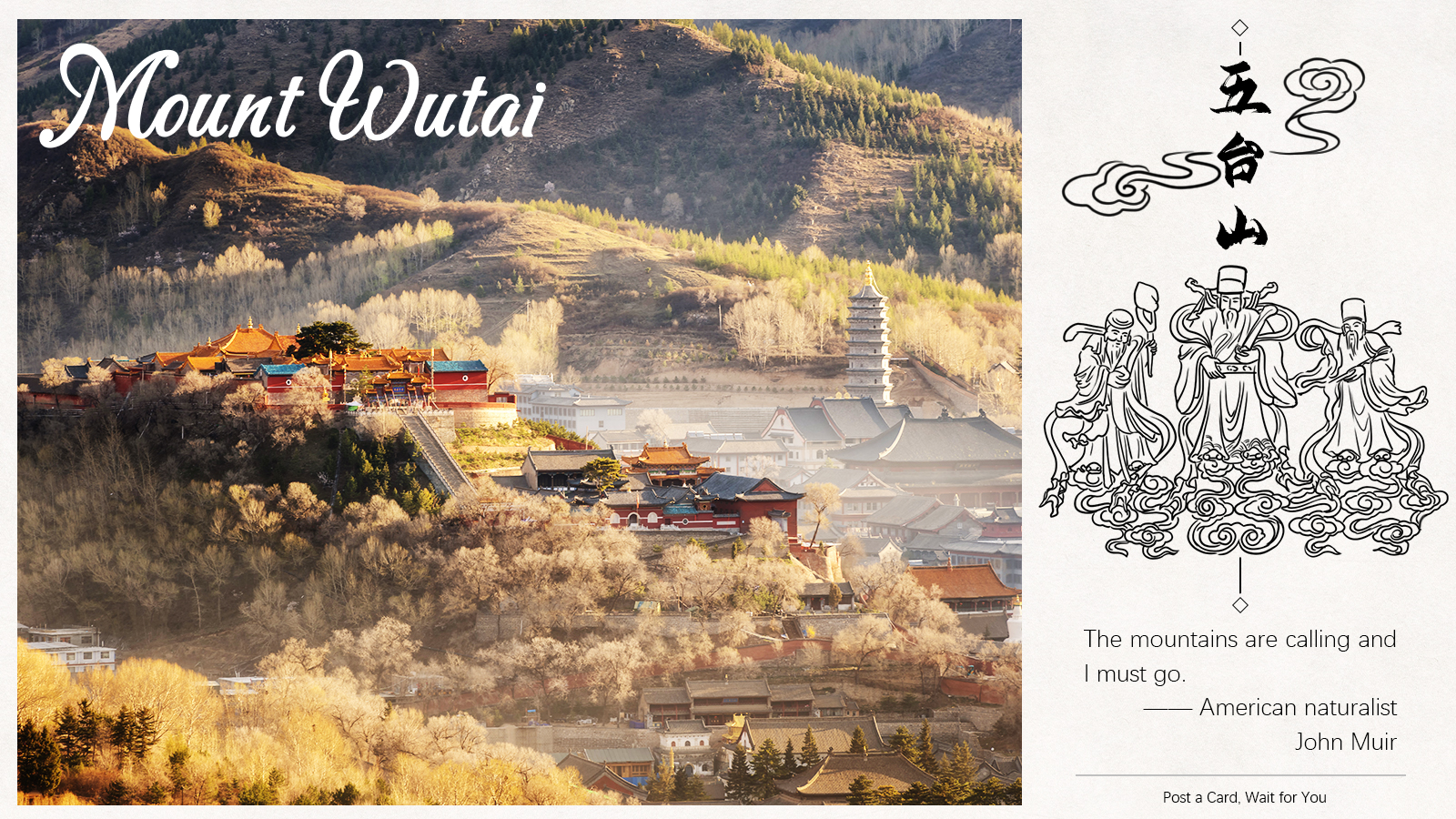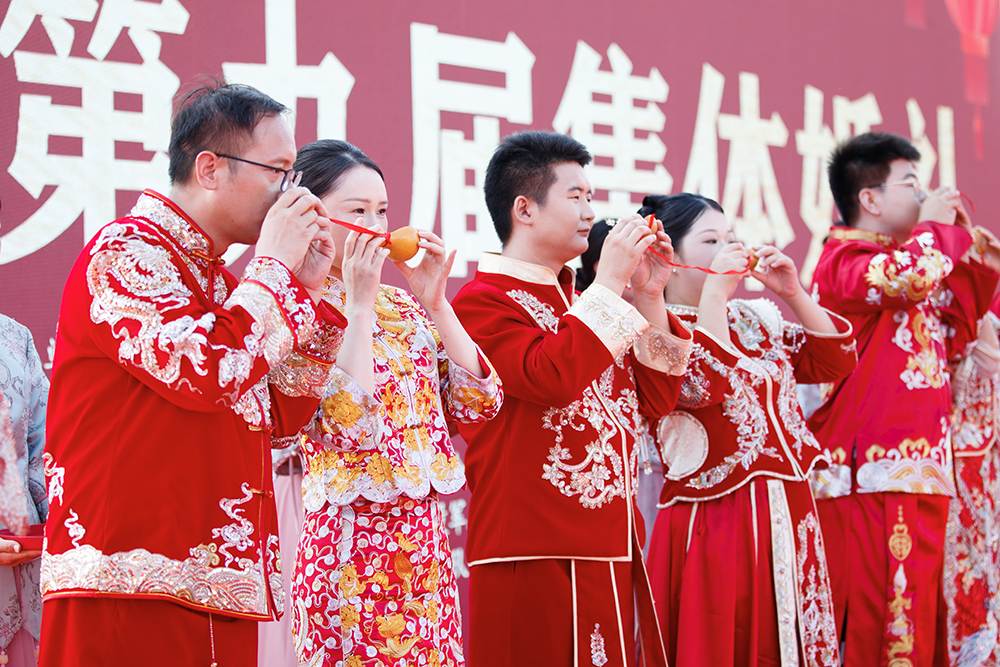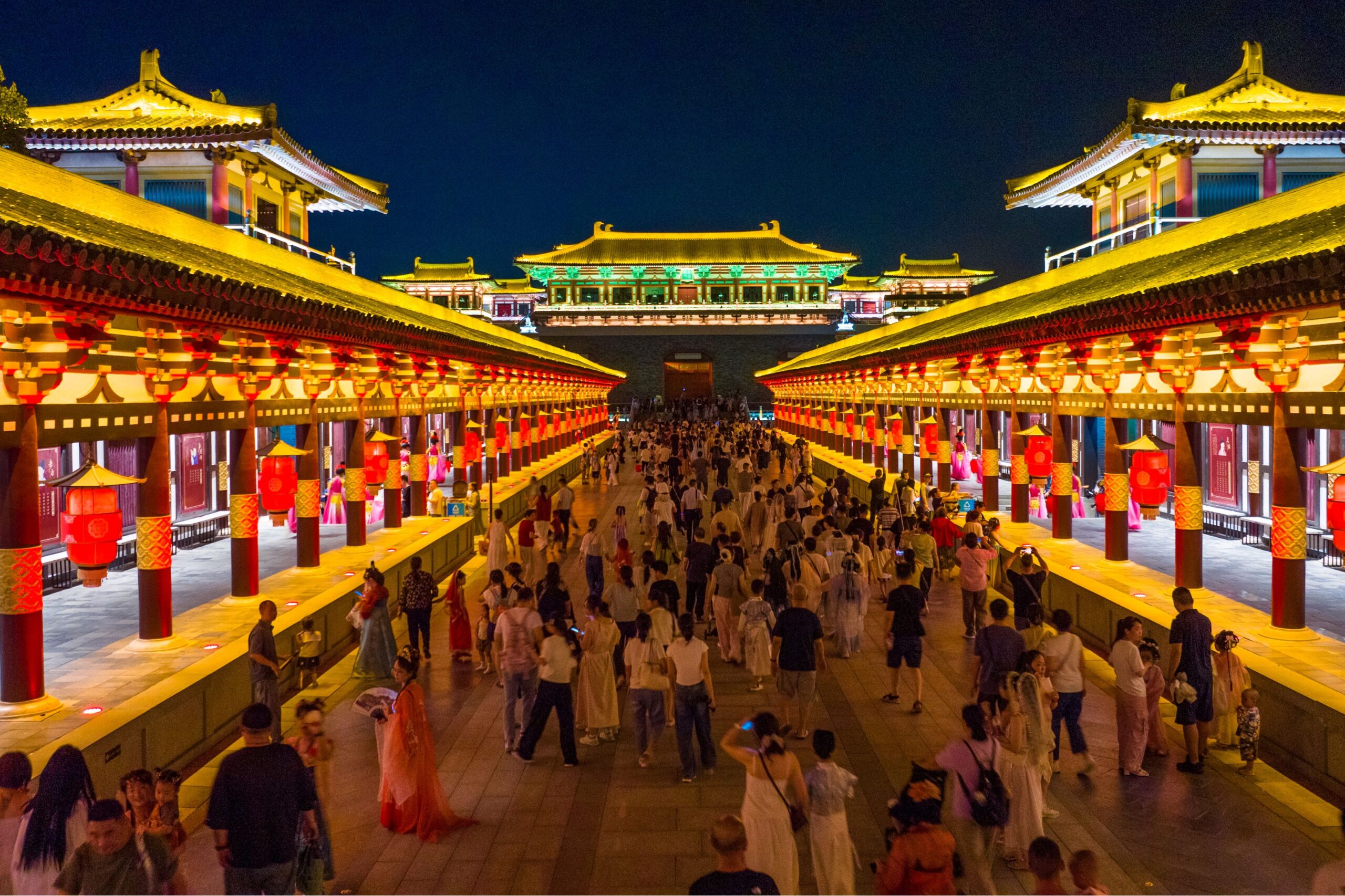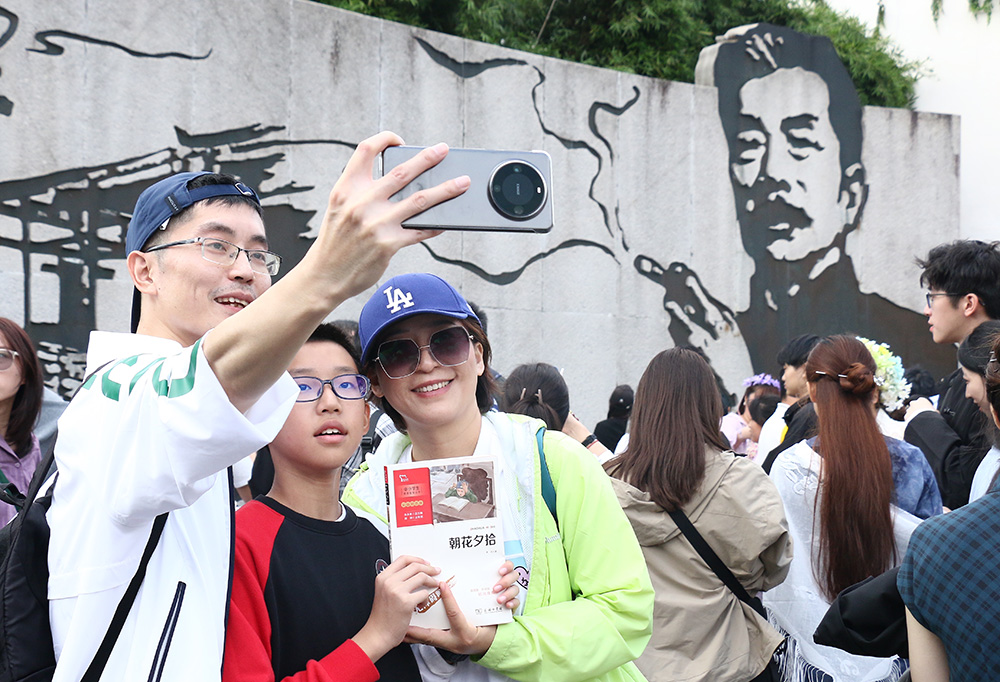
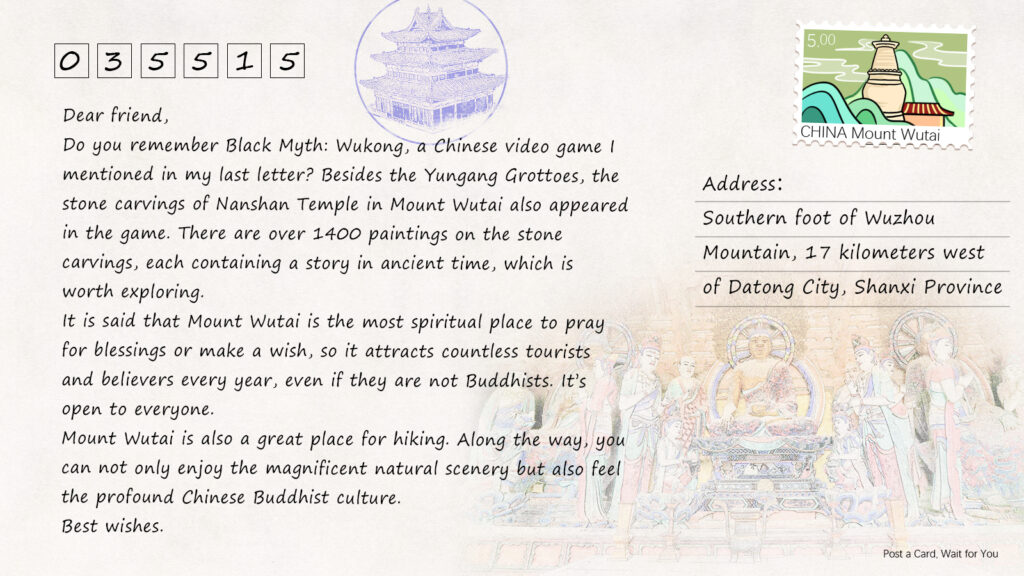
As UNESCO says on its website, Mount Wutai is a sacred Buddhist mountain. Added to UNESCO’s World Heritage List in 2009, the site, known for over 2000 years, is home to about 50 Buddhist temples built between the 1st century and the early 20th century. It is one of China’s four great Buddhist mountains, because it is believed to be the earthly abode of Manjushri (文殊菩萨), the Buddha of Wisdom, one of the Four Great Bodhisattvas of Chinese Buddhism.
Mount Wutai is a global center for Manjusri worship, where many legends and stories related to him. Manjushri practiced hard in Mount Wutai and vowed to save human beings and give them wisdom and enlightenment.
Magical things often happen in Mount Wutai like “Manjushri appearing” (文殊菩萨显灵). When appearing, Manjusri may transform into various images, such as a beautiful young man in white clothes and a golden crown, a Dharma King riding a lion, a monk or a Daoist.
It is also home to some of the oldest existing wooden buildings in China. They have survived since the Tang Dynasty. For example, Foguang Temple is a mix of a worship place and a showcase of Tang Dynasty architecture. These buildings make Mount Wutai the key to learning about China’s architectural history.
For thousands of years, people from all over the world have been making pilgrimages to Mount Wutai. Today the Buddhist monasteries become the site of active religious communities. Every year, various Buddhist ceremonies and cultural activities are held here.
Written by Liu Sha, pictures created by Wang Di.
If you liked this article, why not read: Take a “high-five with the Buddha” selfie @Yungang Grottoes

